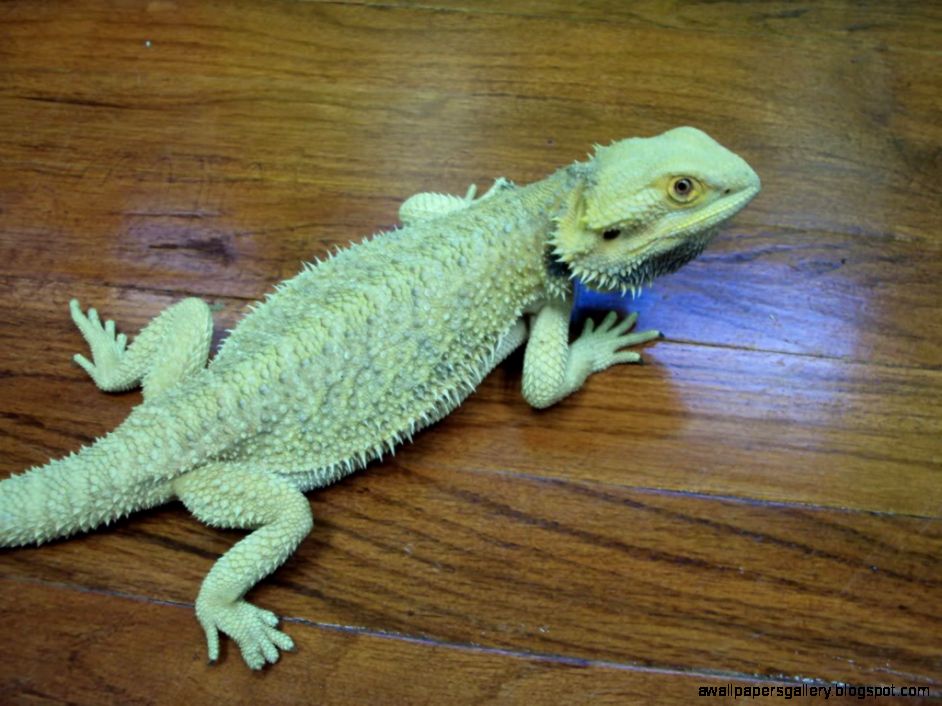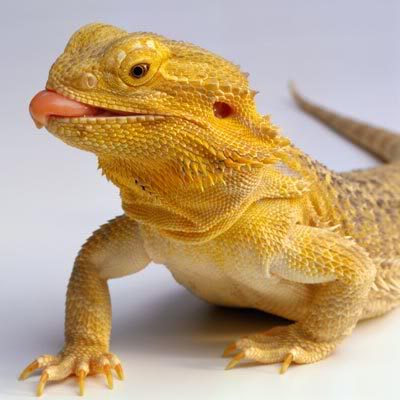5 Things to Know About Bearded Dragon Dirt: The Ultimate Guide for Beginners
Introduction
Bearded dragons are one of the most popular reptile pets in the world. Their friendly nature and unique appearance make them great companions. However, taking care of them can be a challenge, especially when it comes to their habitat. Bearded dragon dirt, also known as substrate, is an important element of their enclosure. In this article, we will provide you with a guide to everything you need to know about bearded dragon dirt. We will also cover the different types of substrate available, and which one is best for your pet dragon.
1. Why is bearded dragon dirt important?
Bearded dragon dirt serves many purposes in your pet’s enclosure. Firstly, it provides them with a comfortable and natural substrate that they can dig and burrow in. Secondly, it helps maintain appropriate humidity levels in the enclosure, which is important for their health. Lastly, it provides a source of enrichment for your bearded dragon, giving them opportunities to explore, hunt, and scavenge in a more natural environment.
2. Types of bearded dragon dirt
There are several different types of bearded dragon dirt available. Here are the most common ones:
a. Sand
Sand is a popular substrate choice for bearded dragons. It mimics the natural environment of these reptiles, where they live in arid, sandy areas. However, there are some drawbacks to using sand as a substrate. It can be ingested by your pet dragon, causing impaction, which can be fatal. Additionally, it does not hold moisture well, which can lead to low humidity levels in the enclosure.
b. Reptile carpet
Reptile carpet is a safe and durable substrate choice for bearded dragons. It can be easily cleaned and does not have the risk of impaction associated with sand. However, it does not provide the same natural digging and burrowing experience that sand does.
c. Newspaper
Newspaper is another safe substrate choice for bearded dragons. It is also very affordable and easy to replace. However, it does not provide the same natural environment that your pet dragon would experience in the wild.
3. Which bearded dragon dirt is best?
The type of substrate you choose for your bearded dragon will depend on several factors, including your personal preference, your pet’s needs, and the specific environment of their enclosure. Here are some key considerations when choosing bearded dragon dirt:
- Avoid loose substrates such as sand, as they can be ingested and cause impaction
- Choose a substrate that is easy to clean and replace
- Consider the humidity requirements of your bearded dragon when choosing substrate
- Make sure the substrate is large enough for your bearded dragon to burrow and dig in
4. How to prepare bearded dragon dirt
Once you have chosen your bearded dragon dirt, you need to prepare it before adding it to your pet’s enclosure. Here is a step-by-step guide:
- Clean the substrate thoroughly to remove any dust or debris
- Add water to the substrate and mix until it is damp but not wet
- Place the substrate in the enclosure, making sure it is at least 2-3 inches deep
- Replace the substrate every 1-2 months, or more frequently if it becomes soiled or too damp.
5. Conclusion
Bearded dragon dirt is an important element of your pet’s enclosure. It provides them with a comfortable and natural environment to live in, while also maintaining appropriate humidity levels. When choosing a substrate, make sure to consider factors such as safety, cleanliness, and your pet’s specific needs. By following the guidelines in this article, you can create a safe and comfortable home for your pet bearded dragon.








